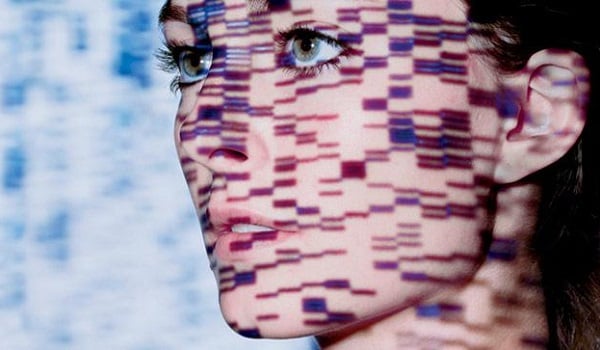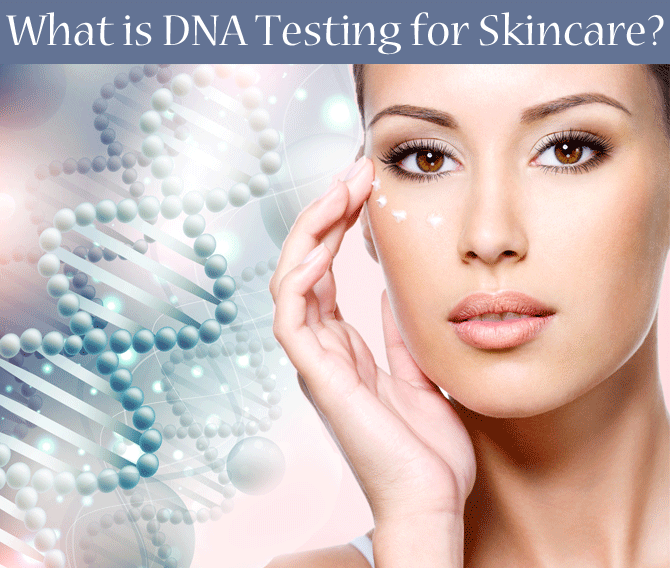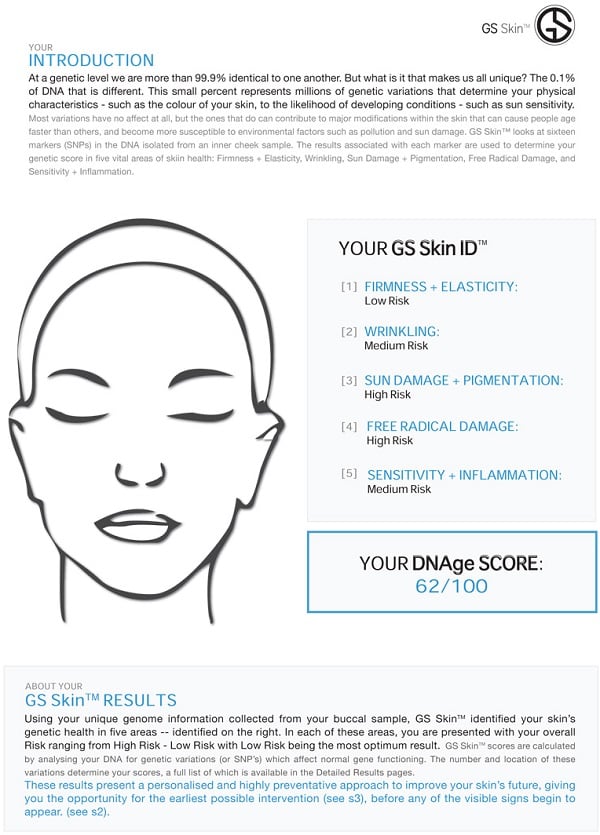While it’s pretty obvious to see skin changes which are the most visible sign of aging; it’s difficult to predict how our skin will respond to aging. With every body type being distinct, everyone responds differently to aging. While some see a change in their skin as soon as they cross 35; there are few luckier ones like my mom who is in her late sixties and doesn’t have many deep wrinkles.
Before we proceed further, let’s have a quick knowledge transfer on the epidermis of the skin and how it actually reacts to aging. Well, there is no harm in getting educated about something irrespective of your age!
The layers of skin is mainly divided into three main parts –
- The outer part i.e. epidermis, which contains skin cells, pigments and proteins
- The middle layer i.e. dermis, which contains blood vessels, nerves, hair follicles and oil glands. This middle layer offers nutrients to the outer (epidermis) layer
- The inner most layer i.e. the subcutaneous layer, which also contains blood vessels, hair follicles and sweat glands
Factors corresponding to skin changes
There are many factors responsible for skin changes from environmental, genetic makeup, nutrition etc. However, the greatest factor is the sun exposure, which can be seen by comparing your body likes hands with your shoulders or feet with thighs. While natural pigments of our body offer protection from the sun but the global warming has its call now. And this is the reason almost every cosmetic product from moisturizer and lip balm to makeup items such as foundation are now enabled with UV protection.
Fair skinned and blue eyed people are prone to aging skin as compared to the brown and dark under toned people who have heavily pigmented skin.
The underlying skin changes with aging
The epidermis of the skin weakens even though certain number of cells is not altered. In the process a certain amount of melanocytes (pigment-containing cells) decreases while the rest increases in size. The part of the skin which is aging becomes thinner, turns dull and translucent. If the person is more exposed to sun then large pigmented spots including age spots, liver spots and lentigis may appear in the sun-exposed areas.
Even in the process the elasticity and strength of the skin reduces which is known as elastosis. This condition further produces leathery, weather-beaten skin which is quite common among farmers, sailors and others who mostly work outdoors.
Even the blood vessels become fragile, while sebaceous glands produce less oil than before. While women experience this aging factor post menopause, men experience it after 80.
External changes
- Skin roughening: Skin becomes rougher.
- Benign tumors: Skin develops lesions such as benign tumors.
- Slacking: Skin becomes slack. The loss of the elastic tissue (elastin) in the skin with age causes the skin to hang loosely.
- Skin becomes more transparent. This is caused by thinning of the epidermis (surface layer of the skin).
- Skin becomes more fragile. This is caused by a flattening of the area where the epidermis and dermis (layer of skin under the epidermis) come together.
- Skin becomes more easily bruised. This is due to thinner blood vessel walls.
I got my DNA tested
Now as I had mentioned earlier like how my mom is lucky enough not to have wrinkles; I just couldn’t sit and hope for the same with me. Only to make sure if I inherited this trait from her, I went to a reputed dermatology clinic in the city to have my DNA tested. Even I was curious to know how science could help me with any clues about how my skin would react to aging.
Does it sound extreme? Or do you think I pushed myself too hard? Apparently not! Actually when we have such avant garde technology available around us which can allow us to peep into our future then why not take advantage of that?
“From predisposition to skin cancer to extreme sun sensitivity to age-related decreases in DNA repair capability, the practice of genetic skincare may help clients in ways never before thought possible.”
These days most of the high end dermatology clinics are using DNA technology to recommend enhanced skin care treatments tailored to patients’ requirements for a few years.
As per a reputed dermatologist, “It’s about helping people spend their skin care dollars in a more purposeful way. It doesn’t matter how expensive a product is. If it doesn’t work for us, it isn’t a good decision.”
How DNA testing is done
The first thing they will ask you to send them your DNA sample, which I did. For this, you’ll have to swab your cheek with a special Q-tip and then pack it in the given box and send them for testing. While DNA from any cell of the body can be studied, but cheek cells are easiest to get because they happen to slough off easily. Plus, such tests are kept purely confidential and private. Soon after the test, the clinic destroys every sample.
For testing, the lab then specifically examines specific sections of your DNA known as single nucleotide polymorphisms (SNPs, pronounced “snips”). The SNPs present are what make your DNA unique to you.
The 5 SNP factors
In the process five different SNPs, including collagen formation factor, sun protection factor, antioxidant protection factor, glycation protection factor and inflammation control factor are analyzed. Based on your genetics, the patient’s skin is diagnosed under high, medium, or low risk in each category. Doctor then accordingly suggests required skin care options and oral supplementation adhering to the specific genetic needs of your skin.
My DNA test results
From my test it was shown that I was proclaimed to be high risk for sun protection factor and glycation protection factor, medium risk for antioxidant protection factor, and low risk for collagen formation factor and inflammation control factor.
Since I am under high risk for sun protection factor, it suggests I’m prone to UV-induced free radical damage that can immediately be visible on my skin as pigmentation, dark spots, fine lines, and bad texture.
Prevention is better than cure! Only when we are aware of something, we can work on the prevention part. I really felt satisfied and concerned at the same time to know about my skin ailment. Even more concerning was my glycation protection issue. As per medical terms, glycation is sugar involved in “caramelizing” the collagen and elastin of the skin.
In this process, sugar runs onto protein and lipid cells, thereby producing a molecule known as advanced glycation end product (AGE). This particular molecule (AGE) ages you pretty quickly, causing heavy wrinkles and folds, sagging skin, and uneven texture. And I felt blessed to have picked up the right time to give up sugar.
Doctor’s recommendations
My doctor highly recommended looking after these two areas. Since I was medium risk in antioxidant protection factor, which could lead to dull skin, rough texture, and acne, I was asked to work on that, too. Just as my doctor even your clinic will recommend you certain products as per the DNA testing results.
My dermatologist also suggested me a moisturizer, four different serums, and five supplements apart from cleanser and toner.
The DNA testing would cost you around Rs. 6000-7000
I was given a skin care regimen to follow and that included the Vitamin C Treatment Serum, Calming Treatment Serum, and two different supplements—one for anti-glycation and one for sun defense. Those two supplements contain natural extracts and antioxidants which slow down the processes of skin decaying. Similarly, you’ll also be prescribed supplements as per your report.
Growing awareness
Even though this service is not that popular in India and is not available in all cities; there are clinics in metropolitans. And I’m pretty sure once people become aware of this medical advancement, more number of clinics will be lined up very soon. Through this testing people will be aware of their genetic predisposition and choose products plus lifestyle based on their individual SNPs.
Instead of only focusing on the epidermis of your skin, you can now identify the root of the problem and potentially prevent future issues.
Hope this helps! Get your DNA tested today for better understanding of your skin, provided you’re serious about your skin care. Sometimes stress level also cause pre-mature aging.
Stay happy always and let your skin do the talking!






